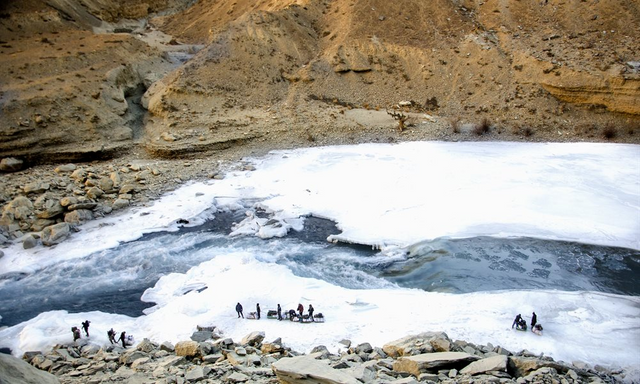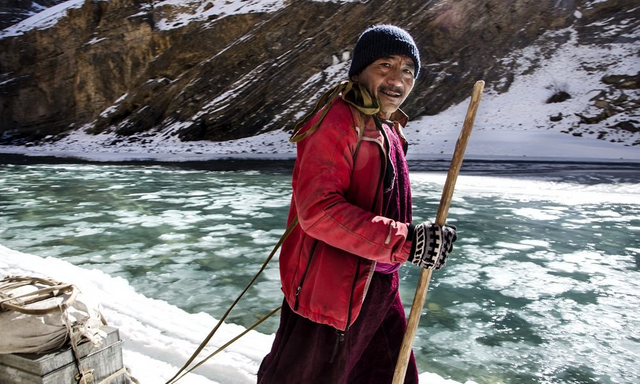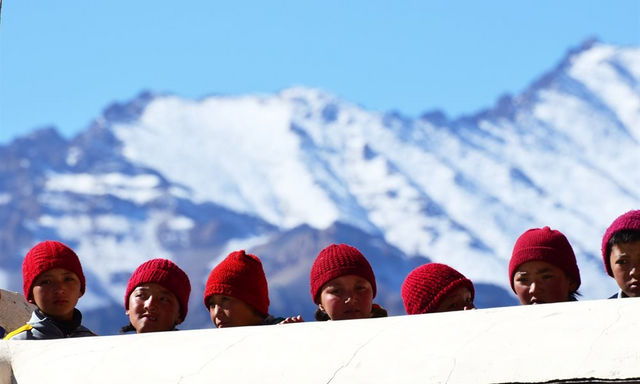Experience from jan 2019
Sometimes when things are falling apart, they are actually falling into place. Why I say this is because Chadar trek may be coming to an end for the outside world, but it’s the beginning of a new era for Zanskar region, whose people have been forced into exile for generations.

In a place frozen in time, where death lurks at every corner, and temperatures drop below humanity level, Zankari villagers have been surviving for decades.
A little bit of history:

The end of the beautiful Chadar Trek
Sipping a hot cup of gur-gur chai, our guide Tujkzey Tashi from Zangla village, goes back the memory lane and describes what it was like a few decades ago. How his generation and the generation of his forefathers, commuted back and forth to Leh, walking for days on the frozen Zanskar river and slept in caves to survive the nights. They didn’t have sledges or sleeping bags back then, nor did they have the money to buy expensive warm clothes or shoes. Everything they owned had to be handmade using sheep wool and goatskin. And everything had to be carried on their backs.
It was and still is, a matter of survival.
The frozen river was our lifeline to reach Leh, says Tashi. During winters, we would get cut off from the world for months, with no source of income. The government provided us free ration (rice, cooking oil, flour etc.) to support us (and it still does), but we still needed money for other necessities. So, we'd commute to Leh to sell goatskin, Yak butter, copper utensils and bring stocks for survival on our way back. It’s a 145 km walk, which was part of our routine. And not everyone survives the ordeal. We sometimes returned home with bodies of our brothers or our neighbours, who lost their lives to the river or the cold.
The end of the beautiful Chadar Trek
The most dangerous walk to school:
The journey, which is now a luxurious trek for tourists, was our way of life. We’d make the journey not just to sell goods, but also to send our kids to boarding schools in Leh, says Stanzin Chongme, another local guide. We understand the importance of education and wish for better lives for our kids. There are other fields than farming waiting for them. We’d piggyback them or make them sit on our sledges and lure them with dreams of candies and warmth in Leh. By the end of the journey, their cheeks would crack and the innocent faces seem scared due to the harsh weather. But it’s necessary, and it’s for their future we do what we do.

Picture of boarding school kids watching a festival at Thiksay Monastary, courtesy of Taseer Rangrez.
The end of the beautiful Chadar Trek
But life goes on:
Like wildflowers, Ladakhis have flourished and grown in places no one ever thought life could exist. Nothing seems to dampen their spirits - nor the harsh weather or the disconnect from the rest of the world.
They still uphold their traditions and celebrate life through various festivals, even in the most cut off locations.